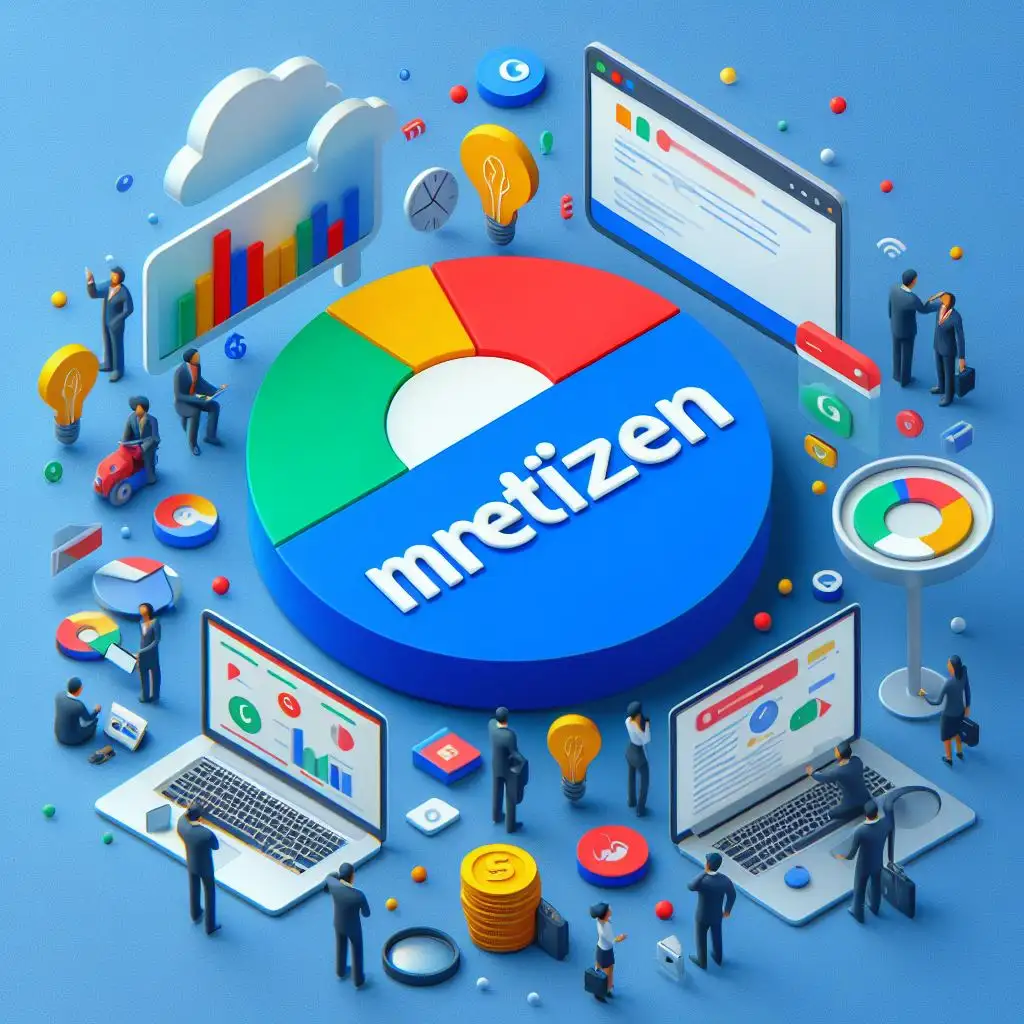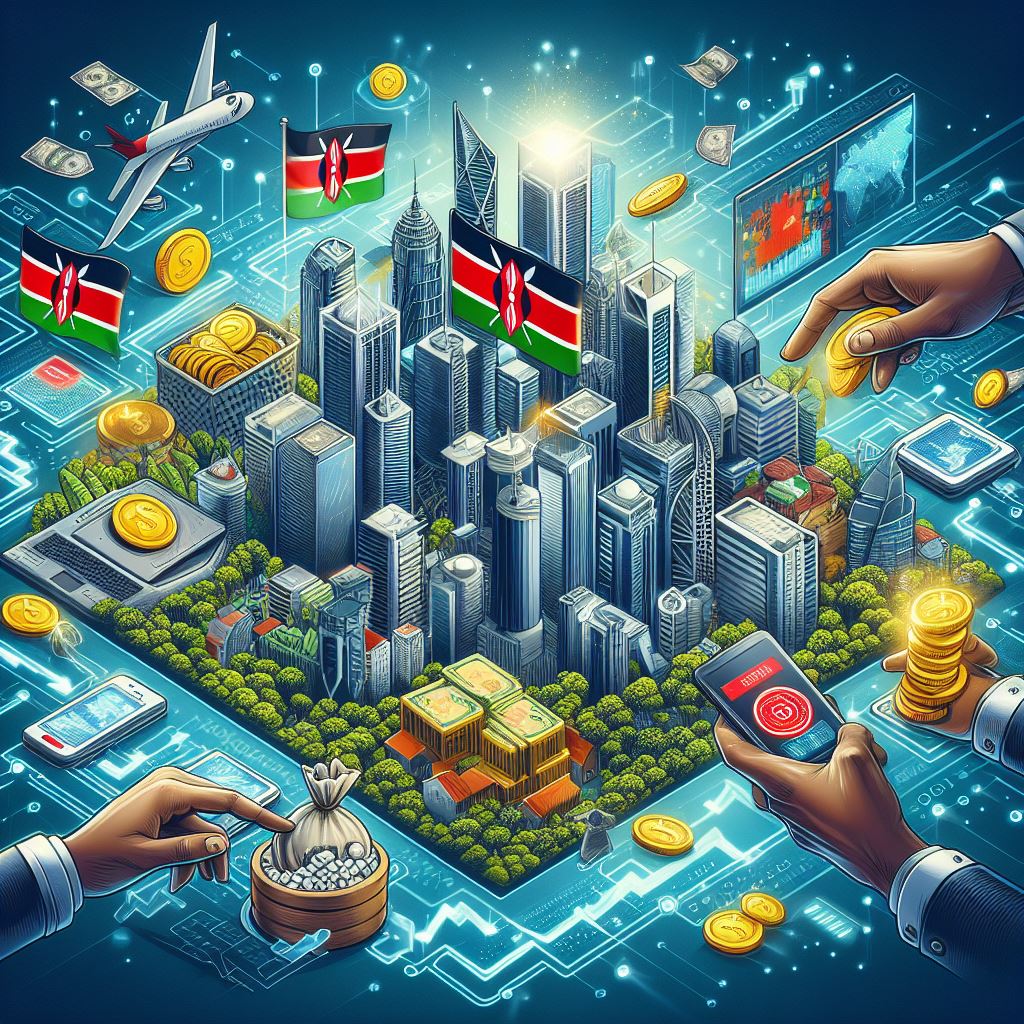Explore the gender wage gap: why it persists, factors contributing to it, and its impact on women’s earnings. Learn how age, race, and occupational choices intersect with this issue. A comprehensive guide to understanding pay disparities between men and women
Introduction
Gender wage discrimination is a matter of concern as it implies that women earn less than men; this is considered as one of the injustices in the society. What makes this idea important is that it examines prejudice and exclusion at the institutional level, even though progress in the process of women’s employment is currently observed. Closing the wage gap between men and women is one of the most burning issues that should be solved not only in terms of equal opportunities but also in terms of rationality and justice. This strongly calls for the proper implementation of equal gender policies as well as working environments that are friendly to all the gender categories.
Thus, the relationship between gender and wages which provided the premise for the gender wage gap, does not only serve as a basis of individual experiences, but as social indicators that reflect economic status on a larger scale. It affects decisions related with the well-being of the family, poverty levels as well as the economic development. Sharing this understanding is important in order to improve the status of women, to give them an opportunity to enter, and participate in the economy. The gender pay disparity does not really disappear and this means it remains a work in progress as policy makers, employers and the society’s continue to work hard to ensure there is fair pay for workers despite their gender.
Decoding the Causes of the Gender Pay Difference
wage disparity means the relative pay difference between male and female employees, often measured by the percentage of male employees’ wages. This is not the simple version that calls for equal remuneration for labor considered to be of the same value but covers a vast array of aspects that define the difference in earnings. Such factors which affect the gap include the industry and occupation differences, experience, education level, and working hours. Still, it explains only about half of the pay difference, so there are other aspects such as discrimination and expectations in the society.
Thus the trend of the existence of gender inequalities is continued by the gender wage rate gap which still exist, even though with a relatively small margin as observed over the years. It will show how society shapes the roles of men and women, child-rearing responsibilities, and culture’s perceptions of women in the labor force. Unfortunately, the observed continuity of the gap fuels recognition of the fact that adjusting it calls for addressing the issue not only at the legislative level but also at the cultural level, which would mean halting the systematic change of the work environment and its promotion of equal respect for women and concern for their career opportunities.
Historical Context
The gender wage differential has not been static and is determined by the following factors; social perception, changes in the market, and legislation. Prior to the 20th century, particularly in the first half of the century women’s employment was comparably less and their wages considerably lower than men’s. For several decades, very much more so after the feminism campaigns of the 1960s and 1970s, there was improvement in women employment and education. Nevertheless, these have not been matched in a similar proportion to earnings disparity.
The wage gap is evidently closing at a very slow rate when the earnings of women in 2002 are compared to those in 2022 and the trends observed in preceding decades. For instance major recent statistics reveal that in 2002 women were paid around 77 percent of amount paid to man. The situation in 2022 slightly shifted up to 84 cents of every dollar, apparently still demonstrating inequality. Sustaining this trend at a slower rate in the past years indicates the issue is not easy to solve, hence the call for specific measures aimed at narrowing the gender pay gap.
Factors Contributing to the Gap: To be a parent
Maternity leads to changes in women’s employment and earnings and can be considered as one of the initial causes of the gender pay gap. Citations, Career breaks, promotions, and demotions are some of the issues that women are likely to experience when they take the motherhood role. These interruptions can have an impact on the qualitative aspects: career advancement, chances for a promotion, and the overall gain of work experience, which results in the discrepancy of women’s lifetime earnings. The phenomenon of the so called “motherhood penalty” illustrates the gender stereotype according to which women should be primary for their children and thus are deprived of many career possibilities.
In fatherhood, what is obtained is what is referred to as the fatherhood wage premium; a situation whereby the earnings of men rise more than they used to be, after the birth of their children. This premium is linked to the usual gender stereotypes where the man is the breadwinner of the family. This could might be so, since fathers are expected to be more settled and committed in the job market, thus stand better chances of securing better paying employment than their counterparts. These findings underscore the significance of the existence to parental policies that will enable parents of different genders to share the consequences and responsibilities and also the need to fight the unmodern belief that women are the sole caregivers of children and are solely responsible for attending to the needs of the family in terms of work.
Occupational Segregation
This supports calls for the end of segregation where men and women are found in different companies performing tasks that are seen as fitting their gender. Due to the segregation of labor market, women are found to be in lower remunerative positions or else in those occupations which are not paid much like education, health care, administration etc. Living and perusing demands anticipate ladies to pick professions that permit the two adaptability and suitable time for childcare. These measures have consequently reduced women’s chance of employment in higher paying careers, promotions and advancements.
Also, the occupational segmentation contributes to the reproduction of stereotypical gender roles and opposes the equal pay concept. It is as if what remains as woman’s domain in the workplaces is demeaning, requires less skills and hence deserves lower wages than the masculinity associated with most paid employment. This undervaluing of ‘women’s work’ is a result of the gendered perceptions of work available in the general population and therefore a major reason for the wage gap that exists. To combat occupational segregation, one has to change those presuppositions, support all genders for all jobs, and pay the same wages for the work of the same worth across the occupations.
Gender Stereotypes and Discrimination
Therefore, gender stereotypes and discrimination at the workplace partly explain the size of the gender wage gap. The studies prove that women get hired, paid, and promoted based on prejudice where they are over-powered by biases. Sexist beliefs about women and their capacity distort beliefs about their applicability for jobs and this reduces women’s likelihood of being considered for director positions or high pay. This discrimination causes limitation of choices regarding promotions and hence fostering pay inequality between male and female workers.
In addition, more so, more often, prejudices are held on the unconscious level and can affect organizational decisions, including those related to recruitment and performance appraisal of employees. Some of the sex-specific issues that women experience as compared to men are that women may be given unfair treatment either by being graded lower in performance, given lower embarrassing assignments, being overlooked for promotions among other things, this may be as a result of prejudice that assumes that women are less committed or incompetent. Solving such problems necessitates a range of approaches: awareness training in the area of diversity, disclosing the company’s remuneration policy, and adopting more gender-sensitive policies within the workplace.
Relationship of Age Demographic with the Wage Differential
While the relative gender wage gap follows common trends of a U-shaped curve sinking sharply at lower and higher end of the age , the raw difference does not decrease or even increases with age which shows that gender biases and structural inequalities build up during a woman’s career. While young women are paid less than their male counterparts, their wage disparity is comparatively minor than mature women due to better education standards and newer generation’s liberal mindset. Nevertheless, the wage gap tends to increase with women’s years of experience due to breaks in their employment, slow promotion, and overall discrimination and segregation based on gender.
Early attainment improvements for young women may be overshadowed by increase in the level of inequalities when they assume the role of carers or face challenges of career mobility. That is why there is a need for the enactment of policies that will enable women to be supported throughout their working years, from maternity/paternity leave to partial schedules and women’s development and leadership programs. Someone once said that closing the wage gap is like taking a leak in the ocean, it will take years before it is noticed State commitment to gender equality at all the various phases of a woman’s working life is therefore imperative in helping to bridge the age-related wage gap.
Race and Ethnicity
Often wage disparities by gender favour men so that women are paid significantly less than their male counterparts; however, when compared by race and ethnicity, women of colour are paid much less than White women. For instance, Black and Hispanic women are paid less than White women and significantly less than White men. There is a general understanding that such disparities depend upon racism and sexism, the issue of separate female and coloured personnel, and differences in education and income levels.
Therefore, calling for pay parity for women must be accompanied by a consideration of the adequacies of intersectionalities that exist by race or ethnicity. Public policies designed to tackle the wage gap have to tackle racism for the absence of diversity and inclusion in workplaces is telling. Measures that could be undertaken to portray and enhance the cause of seek parity should embrace provision of women of color with special incentives which include emulous programs, education and anti discrimination/pay discrimination techniques as well.
Conclusion
Therefore, gender wage difference is characterized by many factors, which are parent care, occupational differentiation, stereotyping, and discriminations. Years after the PTC act was passed, the industry remains largely unbalanced with a colour biases that are characteristic of the society. It is only by putting these variables into the historical perspective and acknowledging the subject nature of different minority categories’ experience that one can make informed attempts to reverse the trend of growing wage inequality.
Continued attempts to reduce the gender pay gap should therefore include not only the use of policy measures but also cultural change and the determination to guarantee women and girls’ rights even in the absence of formal employment. Identifying and solving actual causes of wage disparity and promoting women’s career mobility makes a significant contribution in eradicating gender pay disparities and striving towards the attainment of fair employment for every gender.
Gender wage discrimination is a matter of concern as it implies that women earn less than men; this is considered as one of the injustices in the society. What makes this idea important is that it examines prejudice and exclusion at the institutional level, even though progress in the process of women’s employment is currently observed. Closing the wage gap between men and women is one of the most burning issues that should be solved not only in terms of equal opportunities but also in terms of rationality and justice. This strongly calls for the proper implementation of equal gender policies as well as working environments that are friendly to all the gender categories.
Thus, the relationship between gender and wages which provided the premise for the gender wage gap, does not only serve as a basis of individual experiences, but as social indicators that reflect economic status on a larger scale. It affects decisions related with the well-being of the family, poverty levels as well as the economic development. Sharing this understanding is important in order to improve the status of women, to give them an opportunity to enter, and participate in the economy. The gender pay disparity does not really disappear and this means it remains a work in progress as policy makers, employers and the society’s continue to work hard to ensure there is fair pay for workers despite their gender.
Decoding the Causes of the Gender Pay Difference
wage disparity means the relative pay difference between male and female employees, often measured by the percentage of male employees’ wages. This is not the simple version that calls for equal remuneration for labor considered to be of the same value but covers a vast array of aspects that define the difference in earnings. Such factors which affect the gap include the industry and occupation differences, experience, education level, and working hours. Still, it explains only about half of the pay difference, so there are other aspects such as discrimination and expectations in the society.
Thus the trend of the existence of gender inequalities is continued by the gender wage rate gap which still exist, even though with a relatively small margin as observed over the years. It will show how society shapes the roles of men and women, child-rearing responsibilities, and culture’s perceptions of women in the labor force. Unfortunately, the observed continuity of the gap fuels recognition of the fact that adjusting it calls for addressing the issue not only at the legislative level but also at the cultural level, which would mean halting the systematic change of the work environment and its promotion of equal respect for women and concern for their career opportunities.
Historical Context
The gender wage differential has not been static and is determined by the following factors; social perception, changes in the market, and legislation. Prior to the 20th century, particularly in the first half of the century women’s employment was comparably less and their wages considerably lower than men’s. For several decades, very much more so after the feminism campaigns of the 1960s and 1970s, there was improvement in women employment and education. Nevertheless, these have not been matched in a similar proportion to earnings disparity.
The wage gap is evidently closing at a very slow rate when the earnings of women in 2002 are compared to those in 2022 and the trends observed in preceding decades. For instance major recent statistics reveal that in 2002 women were paid around 77 percent of amount paid to man. The situation in 2022 slightly shifted up to 84 cents of every dollar, apparently still demonstrating inequality. Sustaining this trend at a slower rate in the past years indicates the issue is not easy to solve, hence the call for specific measures aimed at narrowing the gender pay gap.
Factors Contributing to the Gap: To be a parent
Maternity leads to changes in women’s employment and earnings and can be considered as one of the initial causes of the gender pay gap. Citations, Career breaks, promotions, and demotions are some of the issues that women are likely to experience when they take the motherhood role. These interruptions can have an impact on the qualitative aspects: career advancement, chances for a promotion, and the overall gain of work experience, which results in the discrepancy of women’s lifetime earnings. The phenomenon of the so called “motherhood penalty” illustrates the gender stereotype according to which women should be primary for their children and thus are deprived of many career possibilities.
In fatherhood, what is obtained is what is referred to as the fatherhood wage premium; a situation whereby the earnings of men rise more than they used to be, after the birth of their children. This premium is linked to the usual gender stereotypes where the man is the breadwinner of the family. This could might be so, since fathers are expected to be more settled and committed in the job market, thus stand better chances of securing better paying employment than their counterparts. These findings underscore the significance of the existence to parental policies that will enable parents of different genders to share the consequences and responsibilities and also the need to fight the unmodern belief that women are the sole caregivers of children and are solely responsible for attending to the needs of the family in terms of work.
Occupational Segregation
This supports calls for the end of segregation where men and women are found in different companies performing tasks that are seen as fitting their gender. Due to the segregation of labor market, women are found to be in lower remunerative positions or else in those occupations which are not paid much like education, health care, administration etc. Living and perusing demands anticipate ladies to pick professions that permit the two adaptability and suitable time for childcare. These measures have consequently reduced women’s chance of employment in higher paying careers, promotions and advancements.
Also, the occupational segmentation contributes to the reproduction of stereotypical gender roles and opposes the equal pay concept. It is as if what remains as woman’s domain in the workplaces is demeaning, requires less skills and hence deserves lower wages than the masculinity associated with most paid employment. This undervaluing of ‘women’s work’ is a result of the gendered perceptions of work available in the general population and therefore a major reason for the wage gap that exists. To combat occupational segregation, one has to change those presuppositions, support all genders for all jobs, and pay the same wages for the work of the same worth across the occupations.
Gender Stereotypes and Discrimination
Therefore, gender stereotypes and discrimination at the workplace partly explain the size of the gender wage gap. The studies prove that women get hired, paid, and promoted based on prejudice where they are over-powered by biases. Sexist beliefs about women and their capacity distort beliefs about their applicability for jobs and this reduces women’s likelihood of being considered for director positions or high pay. This discrimination causes limitation of choices regarding promotions and hence fostering pay inequality between male and female workers.
In addition, more so, more often, prejudices are held on the unconscious level and can affect organizational decisions, including those related to recruitment and performance appraisal of employees. Some of the sex-specific issues that women experience as compared to men are that women may be given unfair treatment either by being graded lower in performance, given lower embarrassing assignments, being overlooked for promotions among other things, this may be as a result of prejudice that assumes that women are less committed or incompetent. Solving such problems necessitates a range of approaches: awareness training in the area of diversity, disclosing the company’s remuneration policy, and adopting more gender-sensitive policies within the workplace.
Relationship of Age Demographic with the Wage Differential
While the relative gender wage gap follows common trends of a U-shaped curve sinking sharply at lower and higher end of the age , the raw difference does not decrease or even increases with age which shows that gender biases and structural inequalities build up during a woman’s career. While young women are paid less than their male counterparts, their wage disparity is comparatively minor than mature women due to better education standards and newer generation’s liberal mindset. Nevertheless, the wage gap tends to increase with women’s years of experience due to breaks in their employment, slow promotion, and overall discrimination and segregation based on gender.
Early attainment improvements for young women may be overshadowed by increase in the level of inequalities when they assume the role of carers or face challenges of career mobility. That is why there is a need for the enactment of policies that will enable women to be supported throughout their working years, from maternity/paternity leave to partial schedules and women’s development and leadership programs. Someone once said that closing the wage gap is like taking a leak in the ocean, it will take years before it is noticed State commitment to gender equality at all the various phases of a woman’s working life is therefore imperative in helping to bridge the age-related wage gap.
Race and Ethnicity
Often wage disparities by gender favour men so that women are paid significantly less than their male counterparts; however, when compared by race and ethnicity, women of colour are paid much less than White women. For instance, Black and Hispanic women are paid less than White women and significantly less than White men. There is a general understanding that such disparities depend upon racism and sexism, the issue of separate female and coloured personnel, and differences in education and income levels.
Therefore, calling for pay parity for women must be accompanied by a consideration of the adequacies of intersectionalities that exist by race or ethnicity. Public policies designed to tackle the wage gap have to tackle racism for the absence of diversity and inclusion in workplaces is telling. Measures that could be undertaken to portray and enhance the cause of seek parity should embrace provision of women of color with special incentives which include emulous programs, education and anti discrimination/pay discrimination techniques as well.
Conclusion
Therefore, gender wage difference is characterized by many factors, which are parent care, occupational differentiation, stereotyping, and discriminations. Years after the PTC act was passed, the industry remains largely unbalanced with a colour biases that are characteristic of the society. It is only by putting these variables into the historical perspective and acknowledging the subject nature of different minority categories’ experience that one can make informed attempts to reverse the trend of growing wage inequality.
Continued attempts to reduce the gender pay gap should therefore include not only the use of policy measures but also cultural change and the determination to guarantee women and girls’ rights even in the absence of formal employment. Identifying and solving actual causes of wage disparity and promoting women’s career mobility makes a significant contribution in eradicating gender pay disparities and striving towards the attainment of fair employment for every gender.


.jpg?locale=sheng)























